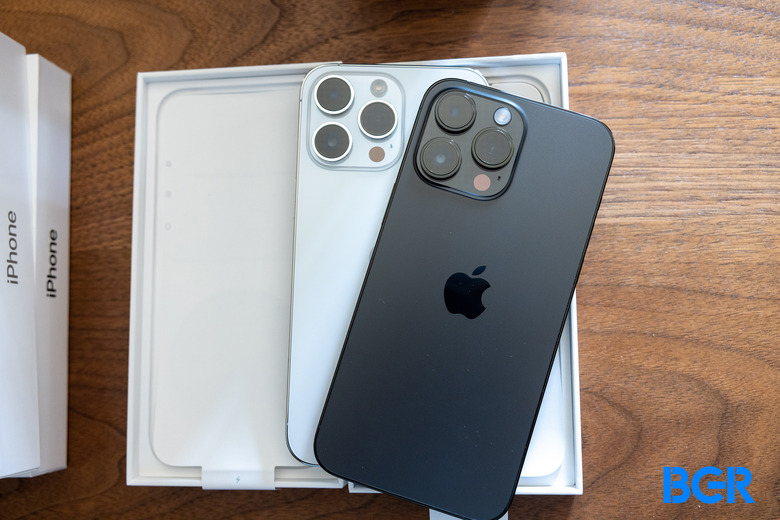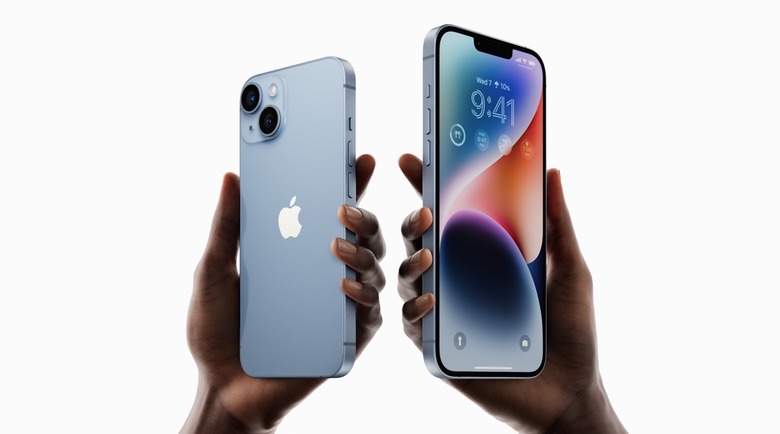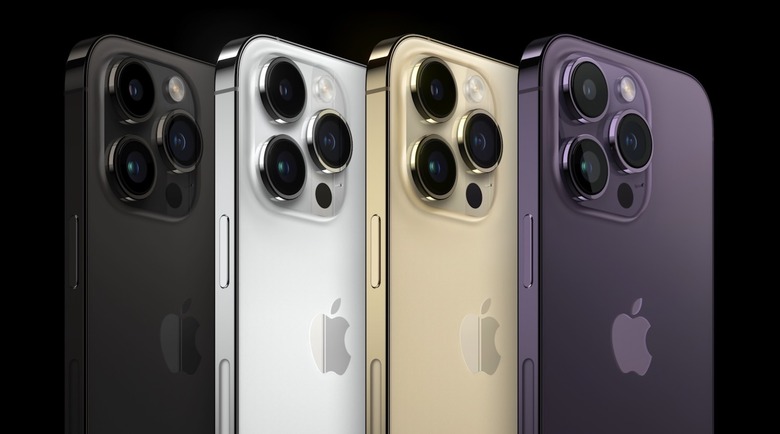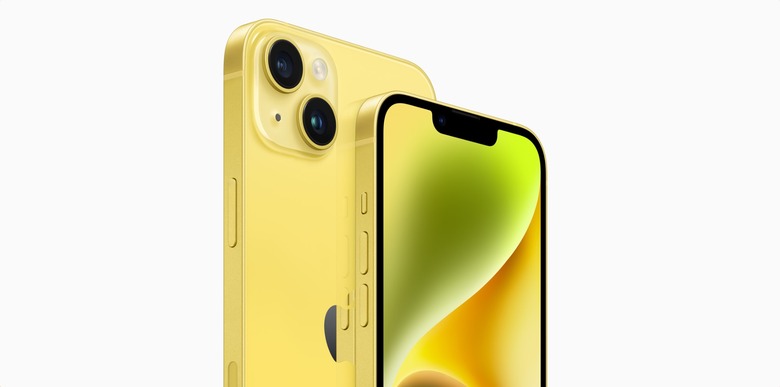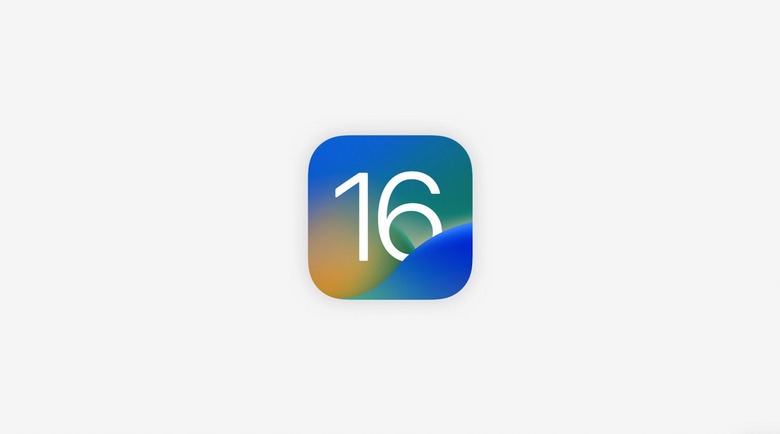iPhone 14 And iPhone 14 Pro: Available Now, Pricing, News, And Specs
The iPhone 14 series is finally here. Apple unveiled its latest and greatest iPhones at its "Far Out" September 7 hardware event. Turns out, most of the leaks were true — the phones offer some major upgrades, along with some smaller tweaks that should offer a better experience overall.
Price and availability
Thankfully, the rumored price hike for the iPhone 14 turned out to be untrue. The standard iPhone 14 comes at $799. The iPhone 14 Plus comes at $899. The iPhone 14 Pro costs $999. And the iPhone 14 Pro Max costs $1,099. The iPhone 14 is now fully available in-store and online, while the iPhone 14 Plus is currently only available for pre-order. It will be available starting October 7. The iPhone 14 Pro and iPhone 14 Pro Max are also fully available now.
Here's a rundown of where you can get the latest iPhone models. All carriers offer all four of the phones — though remember, you'll still have to wait a few weeks for the iPhone 14 Plus.
iPhone 14 reviews roundup
Reviews are out — and the iPhone 14 Pro is a hit. The Dynamic Island is a great way to interact with information, and the camera updates are meaningful and helpful. That's not to mention the fact that the phone performs better than ever thanks to the new A16 Bionic chip.
The iPhone 14, perhaps, isn't quite as impressive of an update. The phone isn't bad at all, but it is a little iterative, with the same chip as the iPhone 13, the same notch, and so on.
iPhone 14 vs iPhone 13 updates
Let's get the big ones out of the way — all iPhone models sport an upgraded camera and come in some cool new colors. The iPhone Mini is gone — and instead, Apple has unveiled the new iPhone 14 Plus, which is the same size as the iPhone 14 Pro Max. Speaking of Pro, both Pro models now have cutouts in favor of a notch, giving you that extra bit of screen real-estate while still offering Face ID and a great front-facing camera.
Those are the highlights — but there's a lot more to the announcements too. Here's everything you need to know about the new iPhone 14 series — including the iPhone 14, iPhone 14 Plus, iPhone 14 Pro, and iPhone 14 Pro Max.
iPhone 14 design
Apple introduced a relatively large redesign for the iPhone 12 — and usually, the company keeps designs around for three cycles. In other words, as expected, Apple hasn't completely redesigned the iPhone for the iPhone 14 series. That doesn't mean there aren't tweaks to the devices, but the overall look and shape remain the same.
The standard iPhone 14 looks pretty much the same as the standard iPhone 13. It has a flat-edged design and diagonally-aligned camera lenses on the back. Perhaps the biggest difference is the color selection — the iPhone 14 is available in a new blue and purple color, along with the Midnight and Starlight models. And, there's a Product(RED) model, as in previous years.
The iPhone 14 Plus, of course, is a new device, but the actual design is nothing new. The phone is basically a larger version of the iPhone 14 — with the same colors and same cameras. It has a 6.7-inch display — which makes it perfect for those who want a big-screen experience without buying an iPhone 14 Pro Max.
The iPhone 14 Pro and Pro Max offer perhaps the biggest design tweaks. The phones offer hole-punch cutouts instead of the notch, and Apple has added some functionality in that area. The cutouts interact with the software in a way that allows Apple to show things like timers, playing music, and more. That information can be pulled from Apple's new Live Activities notifications system. Apple calls this area the "Dynamic Island."
The Pro models also have new color options. The devices are available in Deep Purple, Gold, Silver, and Space Black.
iPhone 14 display
There are some big upgrades to the display on the Pro-model iPhones — but not the standard models. The standard iPhone 14 and iPhone 14 Plus offer the same displays as last year. That's not a huge deal, but it would have been nice for Apple to bring ProMotion to the standard models. Hopefully, that will come in the next few years.
But the Pro models now finally offer an always-on display. According to Apple, this display is basically a dimmed version of the lock screen of the device, which will show information like the time, widgets, and live notifications. This always-on display can refresh at 1Hz — or one time per second. That helps ensure that it doesn't kill the battery.
The display can get brighter too. On the iPhone 14 Pro and Pro Max, you'll get a peak HDR brightness of 2000 nits, which is twice as bright as that of the iPhone 13 Pro. That should make for a much more life-like experience when viewing HDR content.
iPhone 14 Pro Dynamic Island
A headline feature is the iPhone 14 Pro's so-called "Dynamic Island." Silly naming aside, the feature is a pretty smart way to approach the cutout. The notch has been redesigned on Pro models to be a cutout instead, and that cutout can grow or shrink (within reason, and using software) depending on the notifications, audio playback, and so on. For example, it can grow to show the Face ID icon, or show album art for music that you're listening to.
Specs
Turns out, the rumors were true — Apple is keeping the standard model iPhone 14 devices on the A15 Bionic processor, giving only the iPhone 14 Pro models the new A16 Bionic chip. That's a little disappointing — it means that unlike in previous years, you'll need to go for the Pro models to get the best performance. The phones will likely still perform excellently, but they won't perform quite as well as the higher-end iPhone 14 Pro models.
The A16 Bionic offers a modest performance improvement over last year's A15 Bionic, and according to Apple, is 40 percent faster than "the competition," which we can only assume is the Qualcomm Snapdragon 8 Gen 1. It powers a host of new camera features and new features like the Dynamic Island and Crash Detection, which uses the iPhone's sensors to detect a car crash and alert emergency services. Crash Detection, thankfully, is available on the non-Pro models too.
iPhone 14 camera
The camera systems on the iPhones have received an upgrade — but the biggest upgrades, as expected, come to the iPhone 14 Pro and Pro Max.
The standard iPhone 14 and iPhone 14 Plus have a dual camera system with a new 12-megapixel main camera and an Ultra Wide camera. The main camera now has a larger f/1.5 aperture, which helps make for better low-light performance. And, it offers sensor-shift optical image stabilization. Even the front-facing camera is back, thanks to a new f/1.9 aperture that again, makes for better low-light performance. And, it now has autofocus for crisper front-facing images.
The iPhone 14 Pro models offer even more improvements. The devices have a new 48-megapixel main camera with a quad-pixel sensor that can make for excellent low-light performance. The quad-pixel tech means the output of the image will still end up being 12 megapixels. And, the tech means that the main sensor can be used for a 2x Telephoto option in the camera app, using the middle 12 megapixels for full-resolution images. Speaking of telephoto, the device has a new telephoto camera with 3x optical zoom.
There are new software features too. The new camera system allows for a new Action Mode that can stabilize action shots for smoother video. And, Cinematic Mode is now available in 4K at 30 frames per second, or at 24 frames per second.
Satellite connectivity
As rumored, the iPhone 14 series has a new satellite connectivity feature called Emergency SOS. This is an emergency feature that allows the device to connect directly to a satellite in an emergency situation. The feature will guide you through pointing the camera in the right direction to send a message, and the software will prompt users for information that could help emergency services assess the situation that the user is in.
The Emergency SOS via satellite is free during the first two years users start using it. It's already available in the US, Canada, and a few European countries.
Mid-cycle update
By the middle of March 2023, Apple offered a new yellow color for the iPhone 14. As the company has been doing over the years, it released a new color of its latest iPhone to boost sales.
This time, the company focuses on the iPhone 14 and 14 Plus models due to poor sales. Available in 6.1- and 6.7-inch models, the iPhone 14 has a similar design to the iPhone 13 series. While on the outside, they both look identical, Apple has improved its internal architecture to offer a better repairability of the back glass and improve performance with the A15 Bionic chip from the iPhone 13 Pro.
iOS 16 updates
The iPhone 14 series arrived alongside iOS 16. It features a revamped Lock Screen experience, brings the ability to edit, unsend, and unsee messages, adds the ability to password-protect the Hidden and Recently Deleted photo folders, and more.
iOS 16.1 brings:
- Live Activities feature helps you stay on top of things that are happening in real-time right from your Lock Screen;
- Matter support is a new smart home connectivity standard that will enable compatible accessories to work together across platforms;
- iCloud Shared Photo Library is a new way for families to share photos seamlessly with a separate iCloud library that up to six users can collaborate on.
iOS 16.2 brings:
- Freeform app: Apple calls this app "a powerful new collaboration application with a flexible canvas that allows users to see, share, and collaborate all in one place without worrying about layouts and page sizes, and will fully support the Apple Pencil." It works across the iPhone, the iPad, and the Mac.
- Apple Music Sing: This brings a new way to sing along with millions of songs using Apple music with fully adjustable vocals and new enhanced beat-by-beat lyrics.
- Freeform app: Apple calls this app "a powerful new collaboration application with a flexible canvas that allows users to see, share, and collaborate all in one place without worrying about layouts and page sizes, and will fully support the Apple Pencil." It works across the iPhone, the iPad, and the Mac.
- Apple Music Sing: This brings a new way to sing along with millions of songs using Apple music with fully adjustable vocals and new enhanced beat-by-beat lyrics.
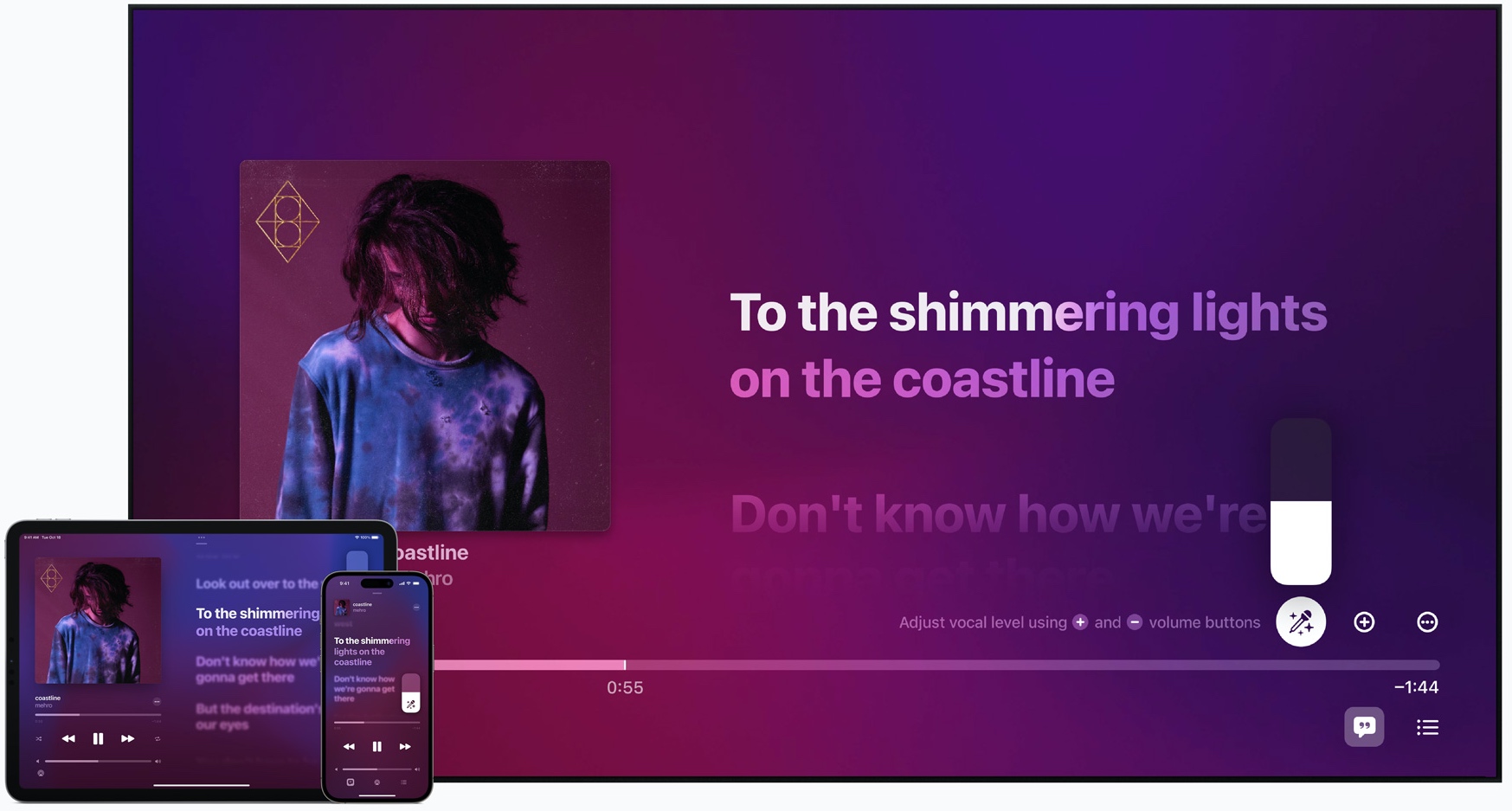
iOS 16.3 brings:
- Physical Security Keys for Apple ID let users strengthen the security of their accounts by requiring a physical security key as part of the Two Factor Authentication sign-in process on new devices.
iOS 16.4 brings:
- 30+ new emojis: In the fourth major update of the iOS 16 beta cycle, Apple is finally adding new emojis. There are 31 new figures available. And, for the first time, no people figures are being added. The highlights include a donkey, jellyfish, hair pick, high-five hands, and new heart colors.
- Web push notifications: Home Screen web apps can finally send web push notifications, including badges. In addition, third-party browsers can show a user interface for users to add a website to their home screen. This is a long-promise feature that was set to launch during iOS 16 life cycle.
- 5G Standalone: Another iOS 16.4 feature coming to users is a new 5G Standalone function. This will help your iPhone deliver faster speeds of up to 3GBps.
